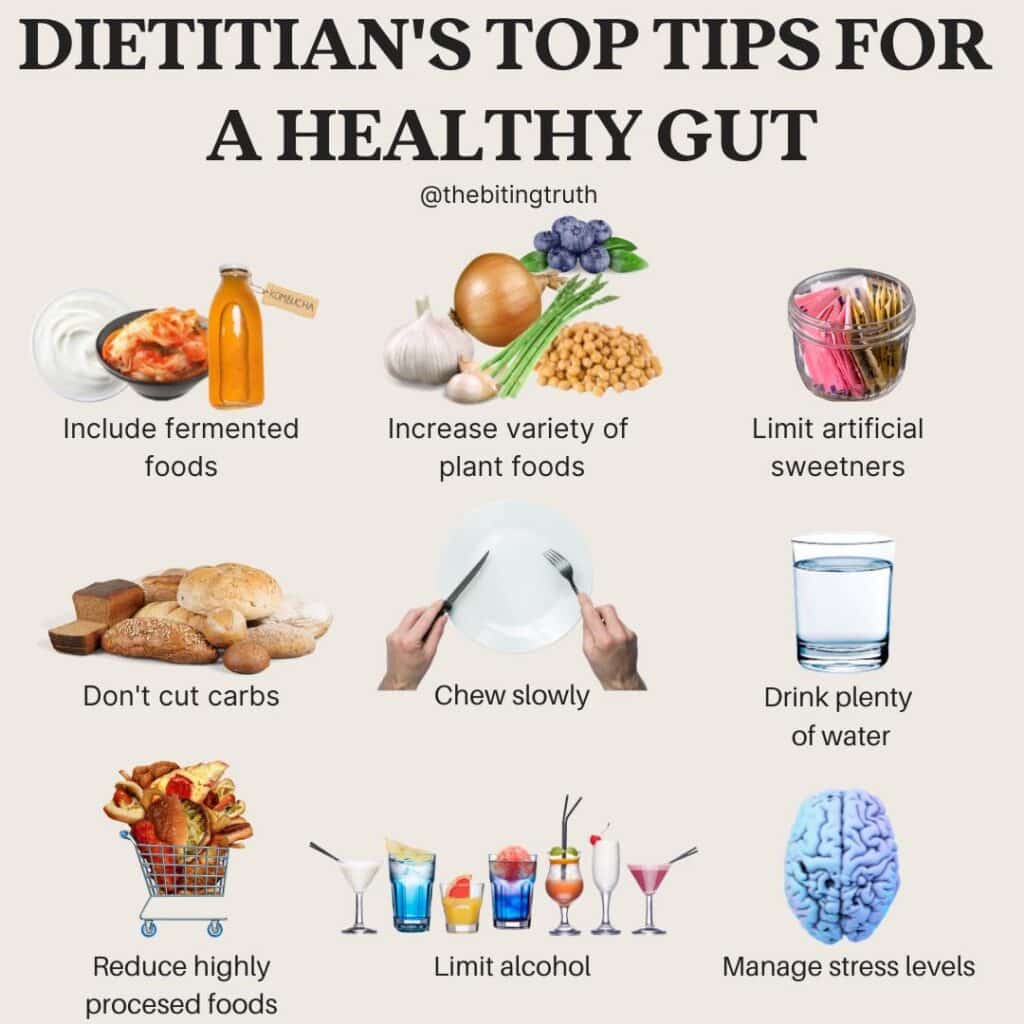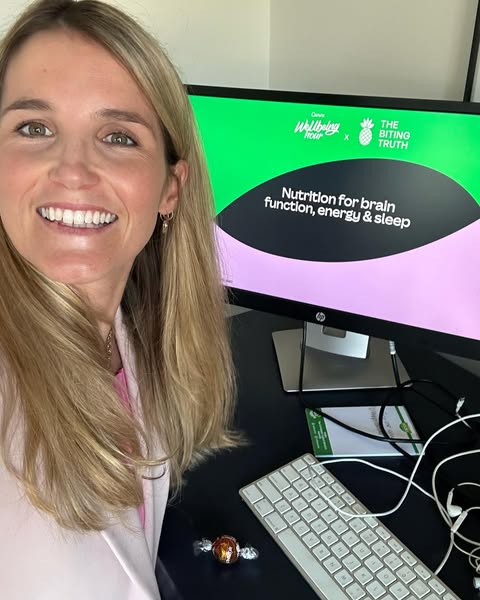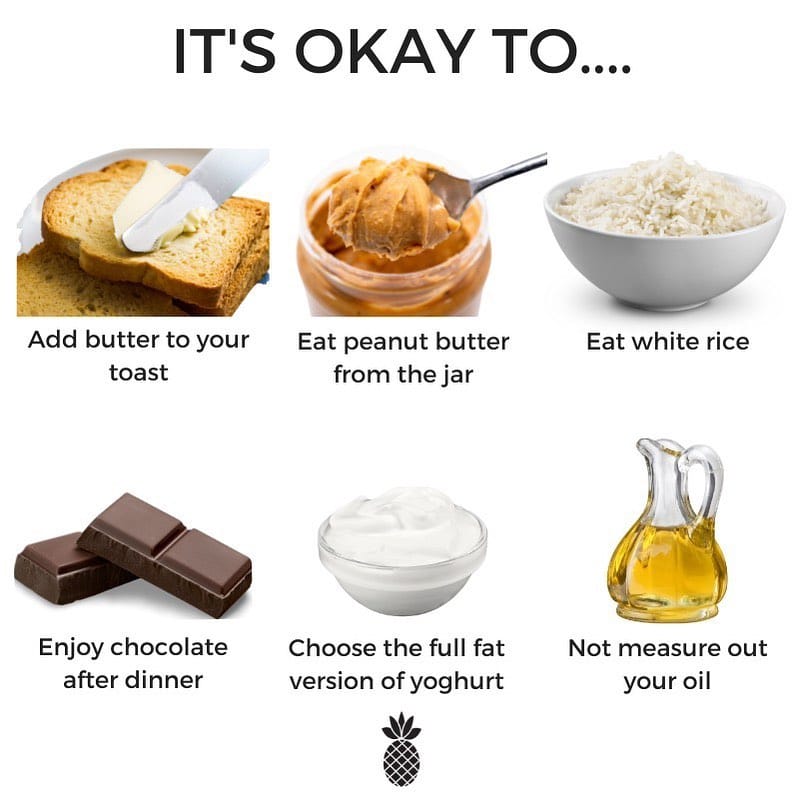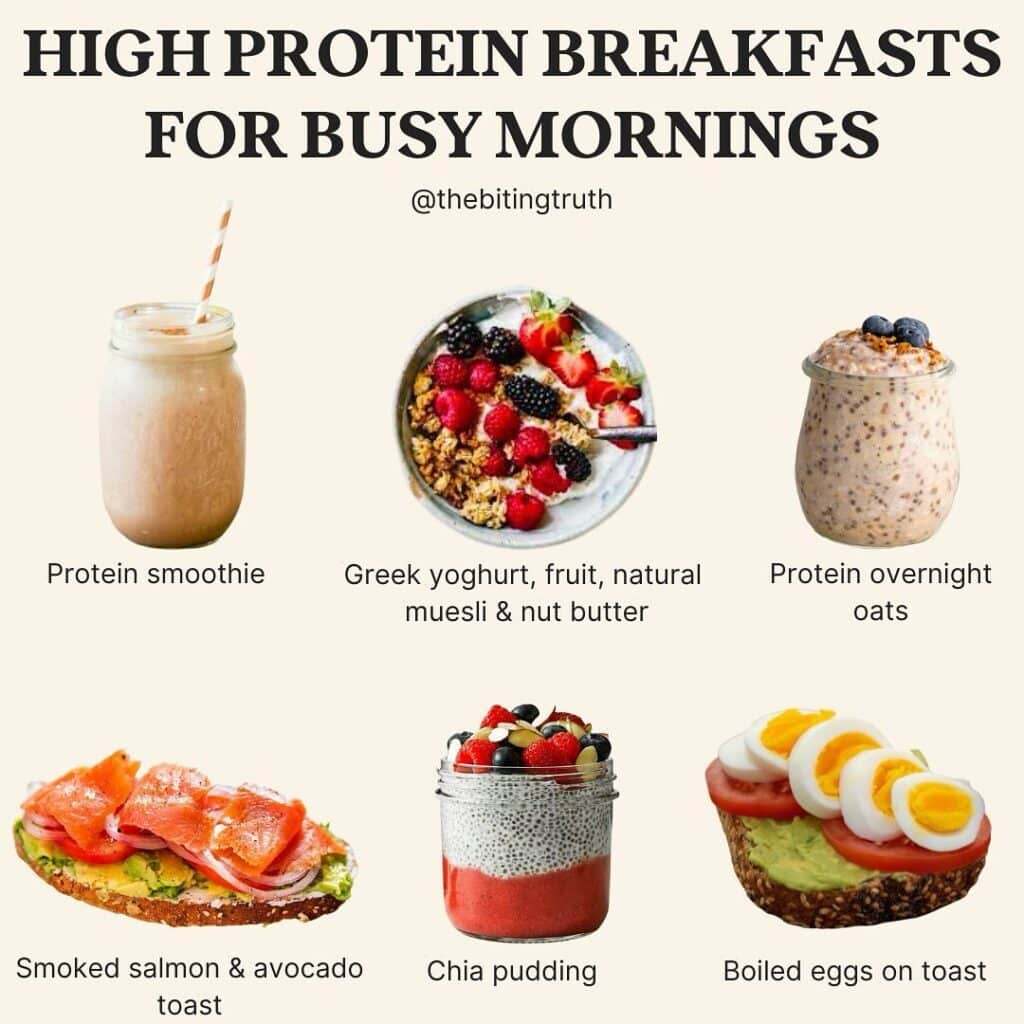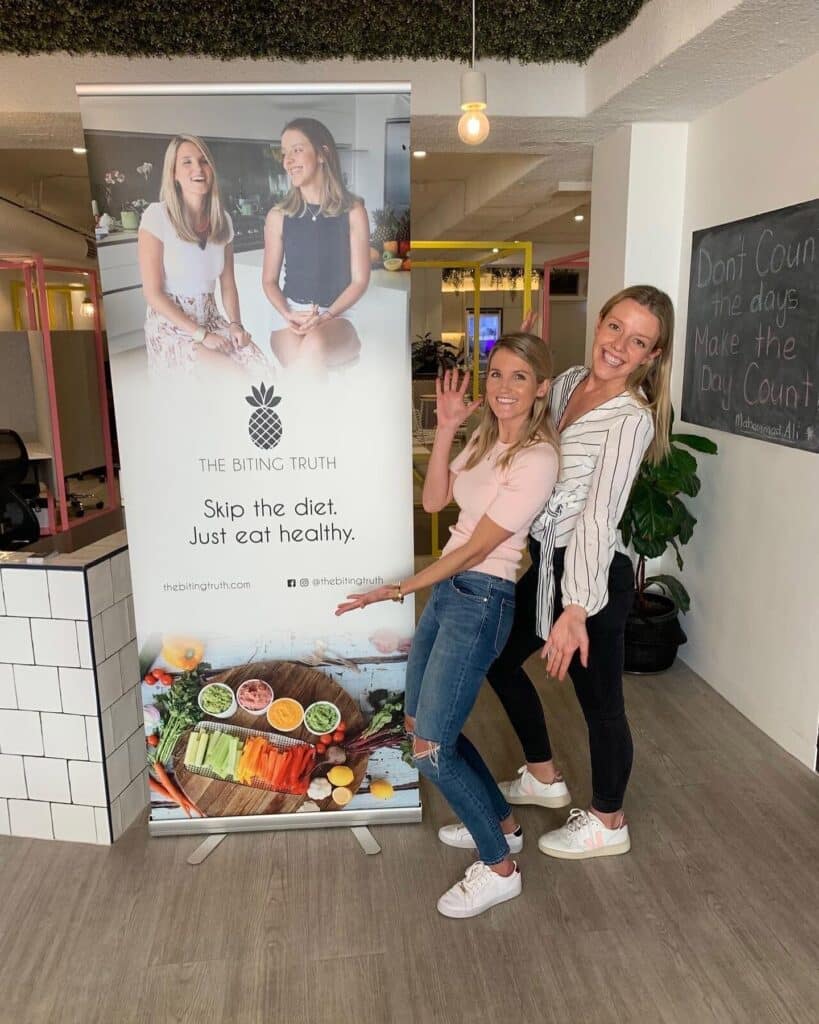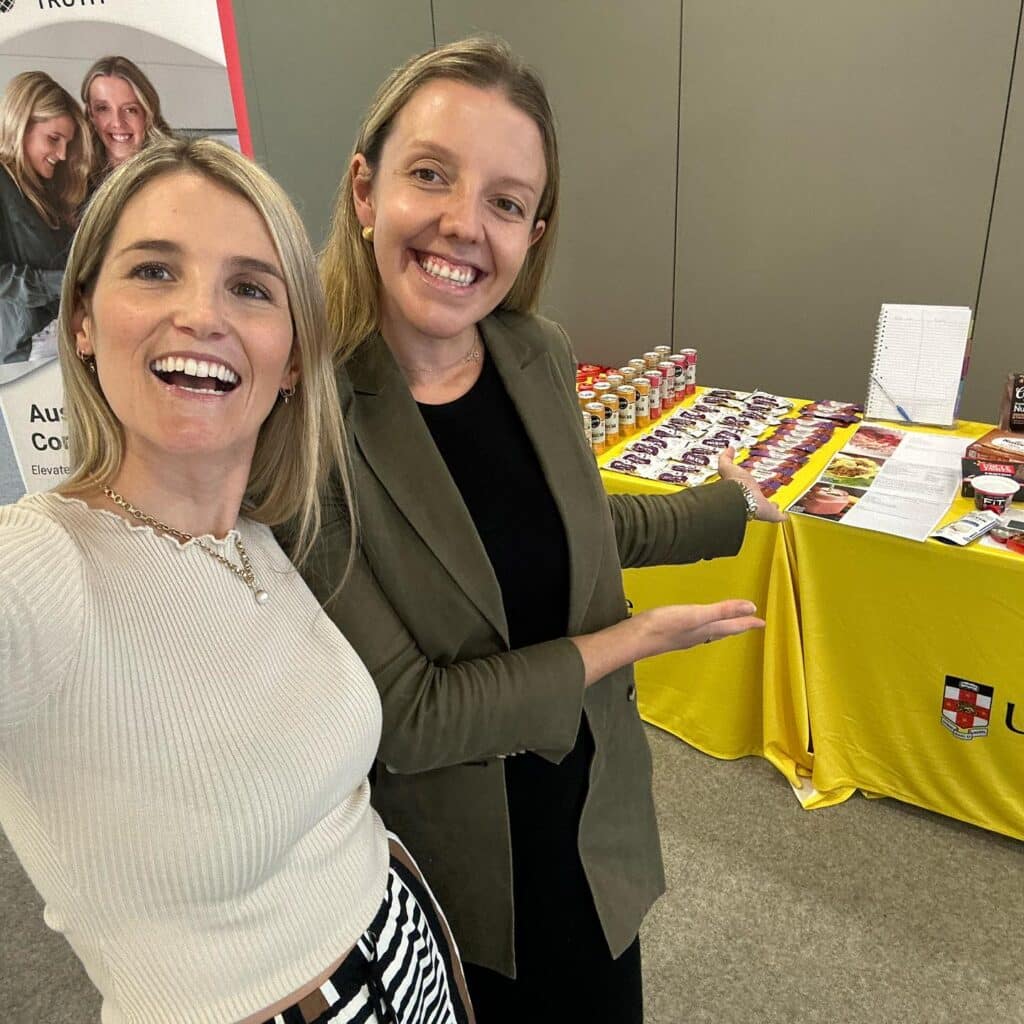Free shipping for orders over $80
Free shipping for orders over $80
Ensuring adequate iron intake is essential for optimal performance, energy levels, mental clarity, and immune function. Understanding iron’s role in the body and identifying foods rich in both animal-based and plant-based sources is crucial, especially for those following vegan, vegetarian, or flexitarian diets. This knowledge can help you maintain balanced iron levels and support your overall well-being.
Iron is an essential mineral that your body cannot make, so you must get it from foods. You need it to transport oxygen in your body, regulate cell growth, maintain brain function, metabolism and endocrine (hormone production) function and it also plays a role in energy production and immune function. The bottom line is that iron is imperative for a healthy, functioning body.
Iron can be found in both animal and plant food sources.
Animal-based iron (aka haem iron) is the best form of iron as it is most readily absorbed by the body (around 40% of it is absorbed). Examples include organ meats e.g. liver, beef, pork, fish, chicken, veal, oysters, mussels.
Plant-based iron (aka non-haem iron) is absorbed much less efficiently than haem iron. Food sources include grains, dark leafy green vegetables, dried fruits, lentils, kidney beans and tofu.
Too much or too little iron can have serious repercussions. It is a good idea for women to get their iron levels checked regularly by a GP as during reproductive years they have a much higher iron requirement than men, due to menstruation. As such some women can find it difficult to meet their daily requirements with food alone.
| Age | How much do you need? |
| 1 – 3 years | 9mg per day |
| 4 – 8 years | 10mg per day |
| 9 – 13 years | 8mg per day |
| Girls 14 – 18 years | 15mg per day |
| Boys 14 – 18 years | 11mg per day |
| Females 19 – 50 years | 18mg per day |
| Females 51+ | 8mg per day |
| Males 19+ | 8mg per day |
| Pregnant women | 27mg per day |
Some foods can help your body to absorb iron, while others can inhibit it.
Vitamin C can help improve the absorption of iron from your food. Try and include a vitamin C rich food with an iron containing meal. Examples of vitamin C rich foods include citrus fruits, dark leafy greens, tomatoes and capsicum. Cooking vegetables can also increase the amount of available non-haem iron. For instance, the body absorbs more iron from cooked broccoli compared to raw broccoli.
On the other hand, there are certain compounds (called polyphenols) found in tea and coffee that can reduce the absorption of non-haem iron. In fact, drinking just one cup of black tea within 60 minutes of eating may reduce iron absorption by up to 70%. It is best to wait a couple of hours before having a tea after a meal. Calcium can also inhibit iron absorption as it binds to iron, thereby limiting absorption.
Certain groups are at increased risk of iron deficiency, including:
Some symptoms of iron deficiency include:
If you think you might be deficient, we recommend consulting your GP and getting a blood test.
Iron is crucial for maintaining overall health and vitality. It comes in two forms: heme iron, which is found in animal products like meat, fish, and poultry, and non-heme iron, which is present in plant-based foods such as beans, lentils, oats, and green vegetables. To optimize your iron intake, incorporate a diverse range of heme and non-heme sources into your diet. Additionally, pairing these iron-rich foods with vitamin C-rich options can enhance iron absorption and boost your overall nutritional intake.
—
For more information on Iron, click here.
For other useful articles like this, check out our blog here.
